Column
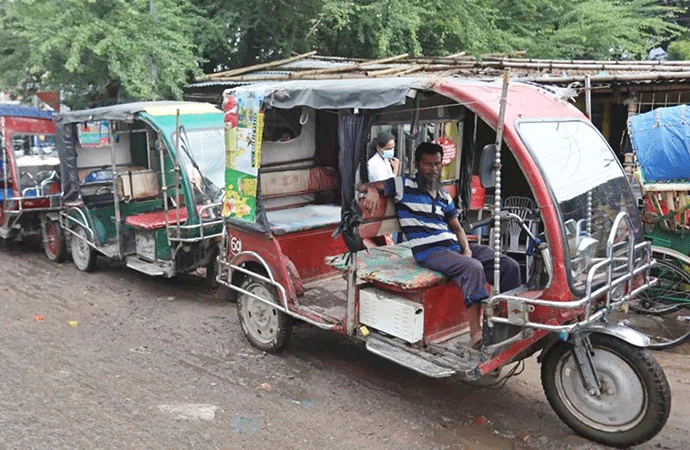
Photo: Collected
Motorized rickshaws have been around for years but as a niche transport sector but never taken seriously and disliked by traditionalists. None were custom designed and just had a motor attached to the standard muscle powered rickshaws. Many people avoided it as they were not considered safe or not a provider of a pleasant ride.
However, things changed almost suddenly as it picked up slowly a year + back. It saw resistance too from a section of the consumers also. They were deemed as environmentally and otherwise harmful but the numbers began to pick up. In the last year or so and despite several confrontations, governmental orders, municipality bans and so on, the motor rickshaw rode on strong and now pervades.
The ban didn't work
Inspired by the authorities, these motor/auto-rickshaws were even banned from the roads in several areas and large billboards went up in different parts of the city declaring them off limits. These were cautiously at first and then openly ignored. Today, they have become nice bits of evidence of official futility facing public demand and economic necessity of the informal sector including the urban poor and middle class
Soon, as expected and inevitably, the Government joined the crowd and BUET even designed a new version of the motor rickshaw, which hasn't exactly captured the market. But the auto rickshaws did and in the last six months, despite resistance from shushils and the social media, the pullers, owners and most importantly consumers have declared they want it and muscle powered rickshaws though on the roads have largely been replaced.
Many lessons may be learnt from this reality show though policy makers and the academia may not wish to or want to learn from it.
Rickshaw, social imagination and current scenario
Rickshaws like other forms of transport have class characters and locations too. There are those who only use buses due to convenience and budget, then there are those who use both for commuting and the third are those who use rickshaws mostly or exclusively. Together they have become part of the broader socio-cultural imagination of Dhaka's non-wealthy urban life. They were also a symbol of both poverty and low end prosperity involving labour, investment, innovation and chandabazi.
One reason why the older bicycle rickshaw system was holding on was the link with chandabazi. The older informal tax collectors belonged to the previous regime that after July, 2024 disappeared. Chandabazi / toll collection dramatically declined as they lost monopoly control. This resulted in a drastic decline in both deposits and chandabazi payment for rickshaws.
While politicians and social media were discussing and cheering the decline of payment, the informal rickshaw market underwent a transition. Suddenly there was a vacuum followed by an explosive entry of new rickshaws and pullers apart from owners. Many old ones were returned to the roads as the demand for them grew high in a very short period as the poor tried to take advantage of the void and earn a living.
The problem was that the laws of demand and supply also came into play in the informal market. In the first six months rickshaw passengers declined for whatever reasons informed the pullers while the number of rickshaws went up.
Thus although both deposit and chandabazi went down, it didn't result in higher income from pulling but less actually for the pullers and owners as well. Competition in the rickshaw pulling market intensified but the consumer crowd didn't increase. The result was a drop in the old rickshaw's "value for income" equation.
Enter the motor
It's interesting how the informal market, -informal, irregular, unregistered etc- operates because the switch didn't happen over a long period of time but just in a few months. The signs were manifested in actions ranging from conflicts and agitation to the rise of new owners who were willing to move with higher levels of investment. Since investing in the formal market had become risky for many reasons the low end transport sector offered a way out for low end investors also.
Depending on the kind of investment one is ready to make -35 thousand taka to 75,000 takas- the market embraced the motors and the old network couldn't step in to prevent it. The older vehicles had ceased to be very profitable and the collector class less powerful. It was a case of market forces operating smoothly to satisfy not just consumer demand but keep the low end informal economy going.
Although the formal sector, the government and various groups tried, the power they have over the informal sector is very limited. And given Dhaka's urban transportation route, geography and narrow routes not to mention the total domination of the main roads by large transports, cars and CNGs, it has been a city of rickshaws for long. In the end, the new rickshaws reign.
There are many arguments by many, whether think tank or Facebook experts but in the end, economic reality based on simple demand, supply and innovation driven by need has dominated. The formal sector has largely been the cooking pot for inefficiency and organized corruption based on crony capitalism as the GOB and the media reports everyday but it's a limited reality for most people.
The motor rickshaw "revolution" shows that the informal sector has huge potential and capacity which the formal sector lacks. All the regulations couldn't stop looting of the banks and other economic crimes often mentioned by formal sector loyalists but the informal sector residing outside the state system are displaying a potential which could help the formal sector learn to recover some public confidence and efficiency which they both lack so much.






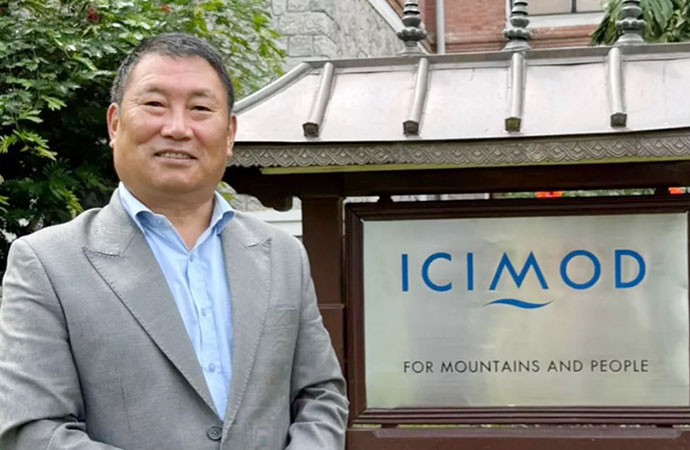
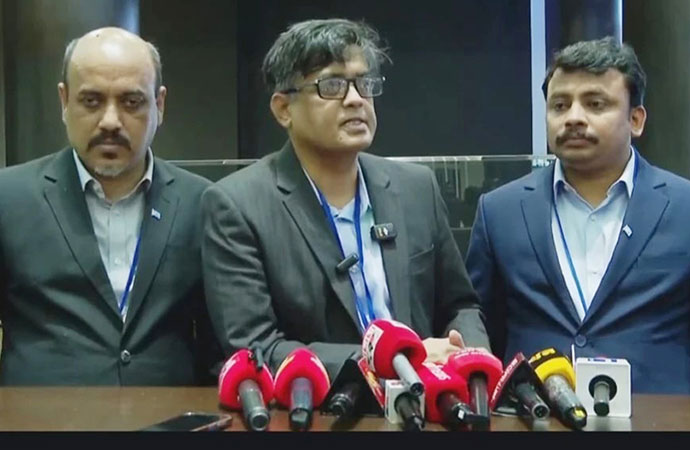
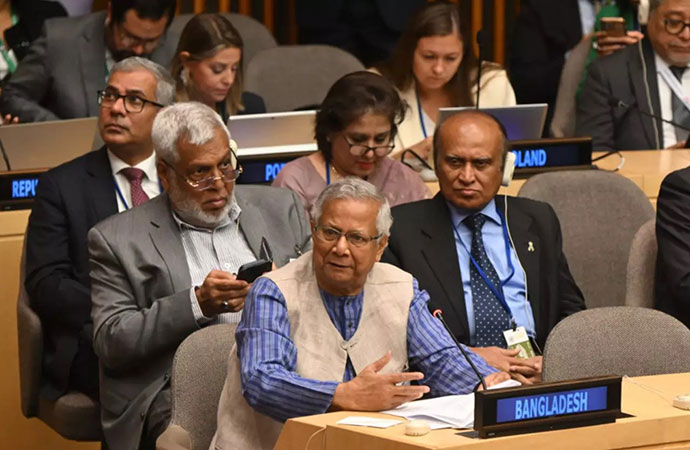
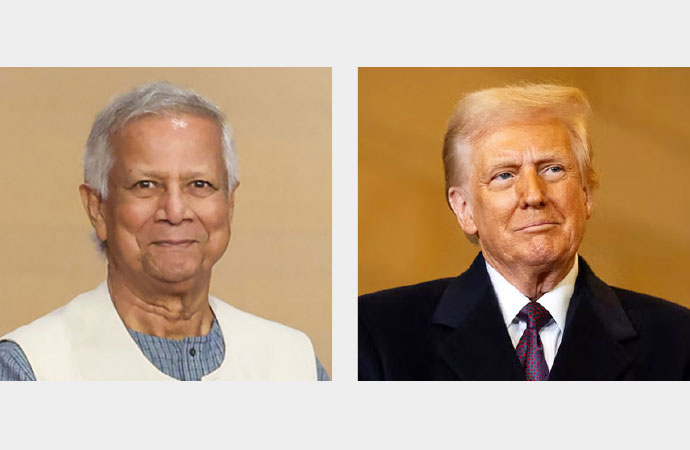
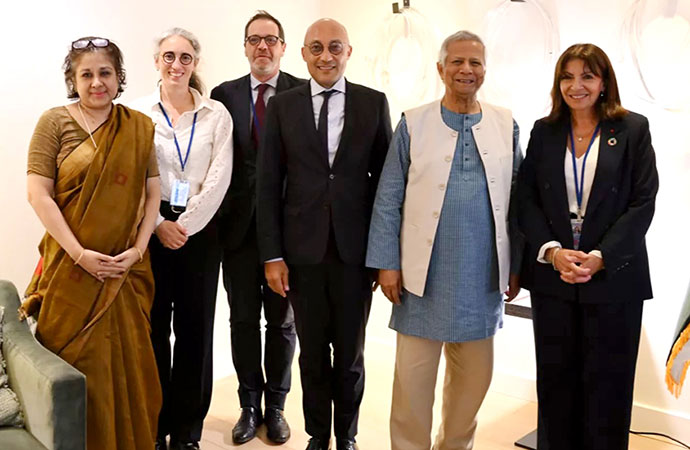



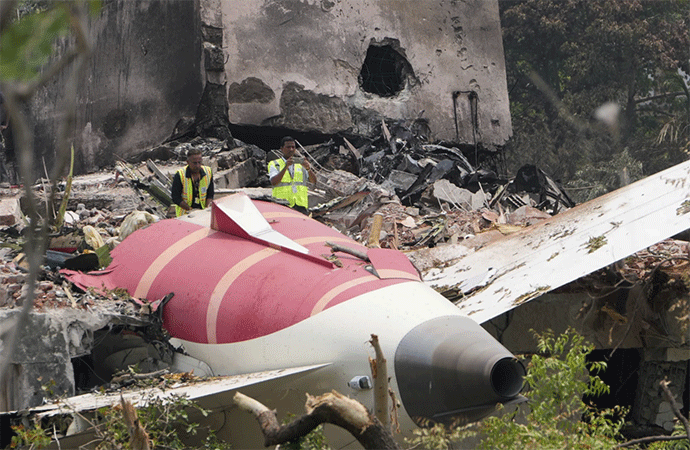
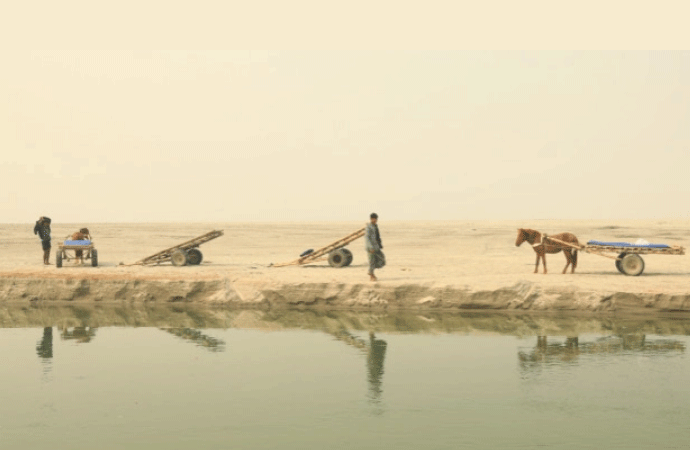
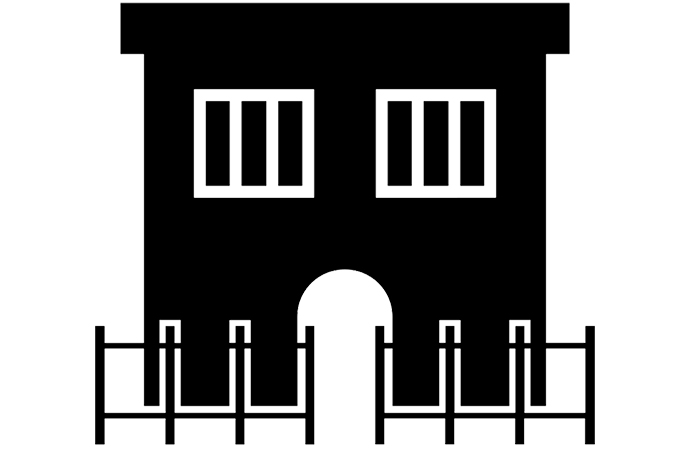

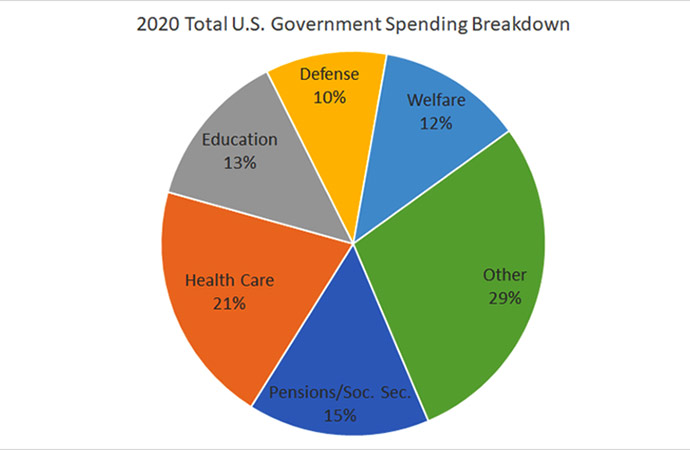

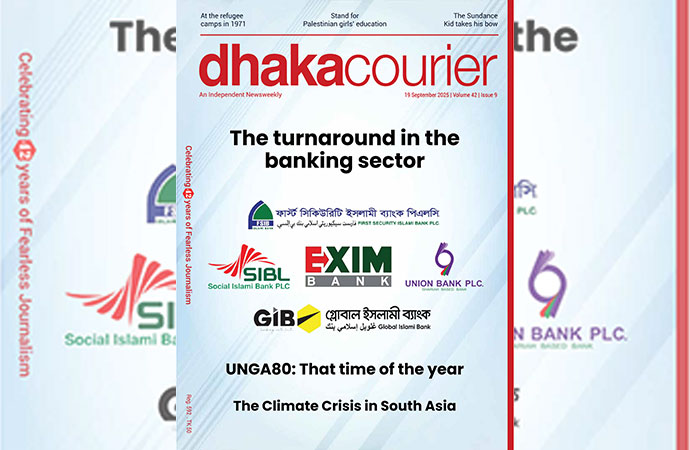
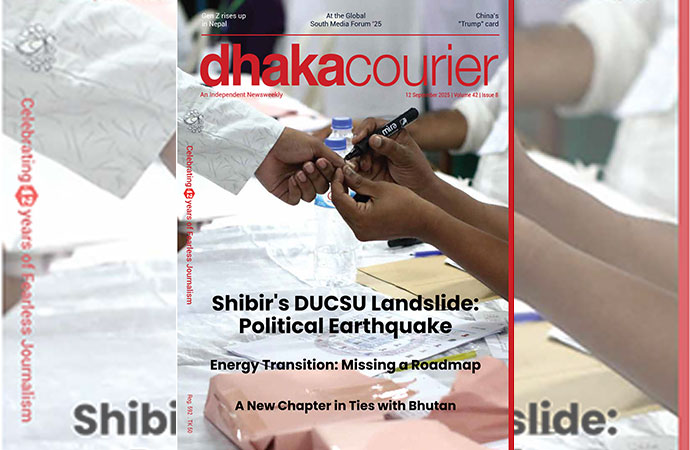
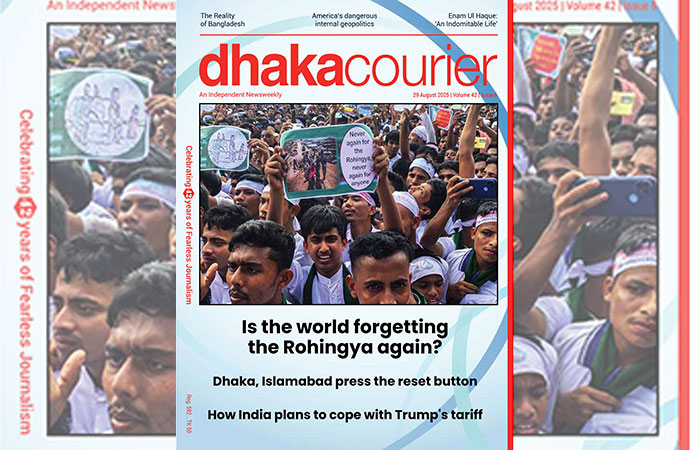
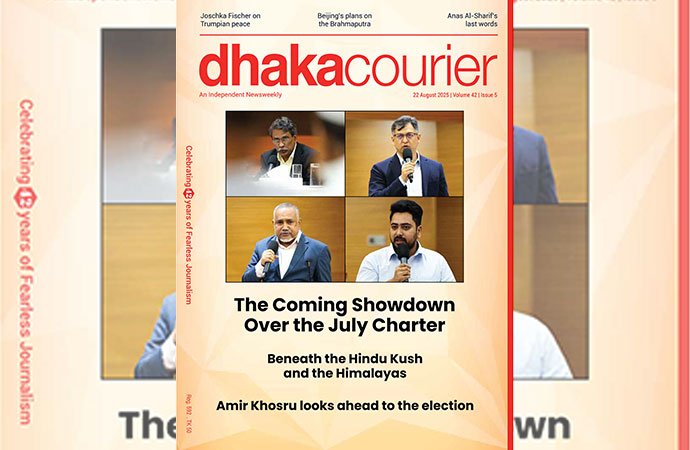
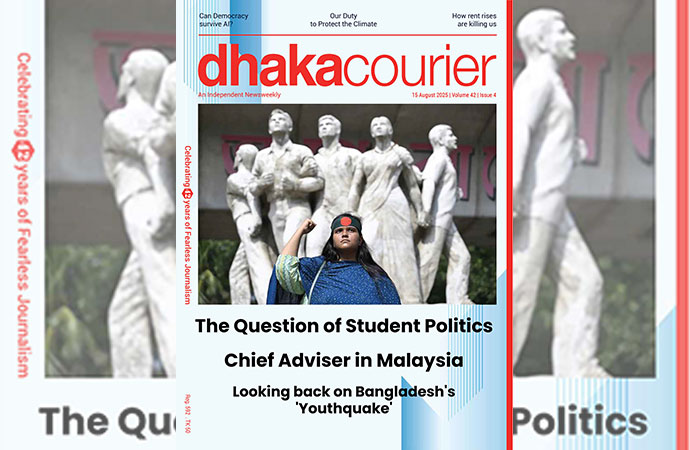
Leave a Comment
Recent Posts
Religion and Politics: A Toxic ...
At Dhaka University, cafeteria workers have been told not to wear shor ...
Enayetullah Khan joins AsiaNet ...
AsiaNet’s annual board meeting and forum was held in Singapore, ...
In a New York minute
Many leaders back a UN call to address challenges to ..
Defaulted loans at Non-Bank Financial Institutions ( ..
How the late Zubeen Garg embodied cultural affinitie ..